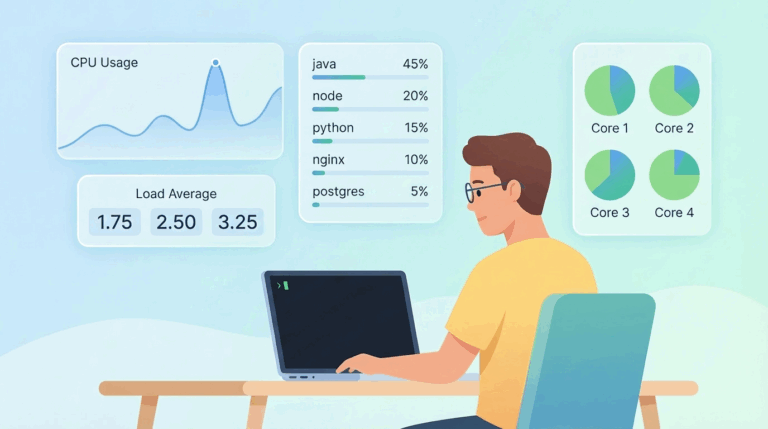Linux is known for being solid, secure, and transparent. That reputation didn’t come easy — it’s been earned over decades. But as new features get added, sometimes even well-meaning innovations introduce unexpected side effects.
That’s exactly what’s happening with io_uring, a performance-boosting feature in the Linux kernel that’s now being quietly misused.
Researchers recently demonstrated a new technique — called Curing — that quietly uses io_uring in ways most monitoring tools don’t expect. It’s not exploiting a bug. It’s using the system exactly as designed… just not in the way defenders imagined.
Let’s break down what this means — and why it matters more than you think.
Table of Contents
First, What Is io_uring?
Back in 2019, the Linux kernel introduced io_uring — a high-speed, asynchronous input/output interface. It was built for performance. And it delivered.
Instead of constantly switching between user programs and the kernel (which slows things down), io_uring lets programs queue up work efficiently. Think of it like a drop-off lane for I/O requests, and a pick-up window for results.
It’s fast. Clean. Ideal for systems that handle lots of traffic, like databases or high-performance servers.
But here’s where things get interesting — because io_uring works quietly in the background, it doesn’t use the usual communication paths that monitoring tools expect.
And that creates an opportunity.
What Curing Shows Us: A Quiet Way In
Normally, system-level activity is easy to track. Monitoring tools like Falco, Tetragon, and others keep an eye on operations through system calls — the standard way applications ask the kernel to do things.
See also: Mastering the Linux Command Line — Your Complete Free Training Guide
But io_uring doesn’t rely on those calls directly. And that changes everything.
The Curing demo works like this:
-
- It connects to a remote server that sends it instructions.
- It uses io_uring to carry out those instructions.
- And it does so without triggering the usual alarms.
Because no system calls are used in the traditional sense, the usual detection tools don’t pick anything up.
To quote the researchers:
“Solutions that depend entirely on observing system calls won’t see activity that relies only on io_uring.”
That’s not just clever — it’s eye-opening.
Why Many Tools Miss This Activity
Most runtime protection tools are designed around a key assumption: all meaningful system activity eventually shows up through a system call. That assumption has held true for decades.
But it doesn’t hold up here.
By relying on io_uring’s internal mechanisms, Curing avoids detection. Even well-known tools didn’t flag anything during testing.
This isn’t a software defect. It’s a design challenge — and a reminder that powerful features always come with trade-offs.
Even large tech platforms have taken notice. In mid-2023, for example, io_uring’s use was limited in certain environments to reduce risk. The reason? Its low-level power made it difficult to observe using traditional methods.
So How Do We Respond?
To adapt, defenders need deeper insight into how the Linux kernel works under the hood.
As one security researcher explained:
“Visibility into system calls is just the start. You also need awareness of kernel structures and how newer interfaces behave.”
That kind of visibility takes time to build. It’s harder. But it’s necessary — because attackers are looking for places the spotlight doesn’t reach.
And tools that only monitor the surface level? They may soon be out of date.
Why This Isn’t Just Theoretical
Let’s be clear: io_uring is not broken. It’s an efficient, legitimate part of modern Linux systems. But, like any powerful capability, it can be used in ways the original designers didn’t anticipate.
Curing shows us what’s possible. It’s a sign that tomorrow’s threats won’t follow yesterday’s patterns.
And for anyone responsible for infrastructure or security, it’s a reminder: surface-level visibility is no longer enough. The next wave of hidden behavior may already be here — just out of sight.
Final Thoughts: Time to Rethink Visibility
Not every new idea in tech causes concern. But some raise good questions. And io_uring has done exactly that.
It’s a great performance tool — but it also changes the game for observability. If your tooling doesn’t know what to look for, it can’t raise the flag.
Curing doesn’t break anything. It just walks around the checkpoint instead of through it.
The takeaway? We need to go deeper. Monitor smarter. And update how we think about system activity in the Linux world.
Because what you don’t see… still counts.




